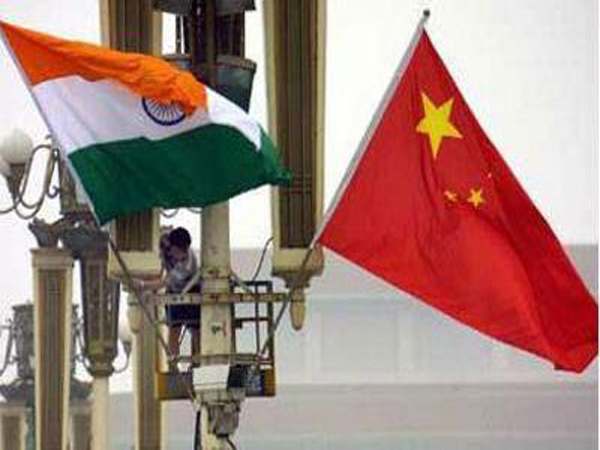China has accused India of building defence structures and trespassing into its territory in the Galwan region of Aksai Chin more than a week after the two sides faced off on the Indo-China border in Sikkim and at Pangong Tso lake area in Ladakh.
New Delhi, May 18:
As border tensions between India and China continue to simmer, China on Monday accused India of “trespassing and illegally building defence facilities” in the Galwan Valley region which lies in the contested Aksai Chin area.
Chinese government mouthpiece Global Times said that China has now “enhanced control measures” across the Indo-China border in Ladakh.
According to Chinese military sources quoted by the news agency, India has ” built defence fortifications and obstacles to disrupt Chinese border defence troops’ normal patrol activities”.
The latest move by China comes after more than a week of continuing face-offs between the two sides in the Galwan region, which has been a flashpoint for aggression since 1962.
INDIA STEPS UP PRESENCE
India, too, has reportedly stepped up its presence in the region and the government is said to be closely monitoring the region ever since escalating tension between Indian and Chinese troops following their violent face-off at Pangong Tso lake area of Ladakh that left many of them injured.
The situation in the Eastern Ladakh region remains tense as troops of the two countries maintain a close watch on each other, demonstrating aggressive posturing more than a week after the violent clash involving 250 soldiers from both sides.
Last week, Indian Army chief General MM Naravane said that Indian troops were maintaining their “posture” along the border with China while infrastructure development in the frontier areas was on track.
Gen Naravane said the incidents in Eastern Ladakh and North Sikkim involved aggressive behaviour by Chinese and Indian troops resulting in minor injuries to personnel from both the sides.
The Army Chief said both sides “disengaged” after dialogue and interaction at the local level.
India brought in reinforcements in the apprehension of further escalation in tension over the face-off which began on the evening of May 5.
Sukhoi-30 fighter jets of the Indian Air Force were tasked with carrying out sorties on May 6, the day a couple of Chinese military helicopters were spotted flying close to the un-demarcated Sino-India border area after the confrontation between the troops the previous evening.
HISTORY OF INDIA-CHINA BORDER CONFLICT
On May 5, scores of Indian and Chinese army personnel clashed with iron rods, sticks, and even resorted to stone-pelting, sources said, adding a number of soldiers on both sides sustained injuries in the incident.
In a separate incident, nearly 150 Indian and Chinese military personnel were engaged in a face-off near Naku La Pass in the Sikkim sector of the Sino-India border on Saturday. At least 10 soldiers from both sides sustained injuries in the incident.
The troops of India and China were engaged in a 73-day stand-off in Doklam tri-junction in 2017 which even triggered fears of a war between the two nuclear-armed neighbours.
The India-China border dispute covers the 3,488-km-long Line of Actual Control, the de-facto border between the two countries.
China claims Arunachal Pradesh as part of southern Tibet while India contests it.
Both sides have been asserting that pending the final resolution of the boundary issue, it is necessary to maintain peace and tranquillity in the border areas.
Prime Minister Narendra Modi and Chinese President Xi Jinping held their first informal summit in April 2018 in the Chinese city of Wuhan, months after the Doklam standoff.
In the summit, the two leaders decided to issue “strategic guidance” to their militaries to strengthen communications so that they can build trust and understanding.
Modi and Xi held their second informal summit in Mamallapuram near Chennai in October last year with a focus on further broadening bilateral ties.




